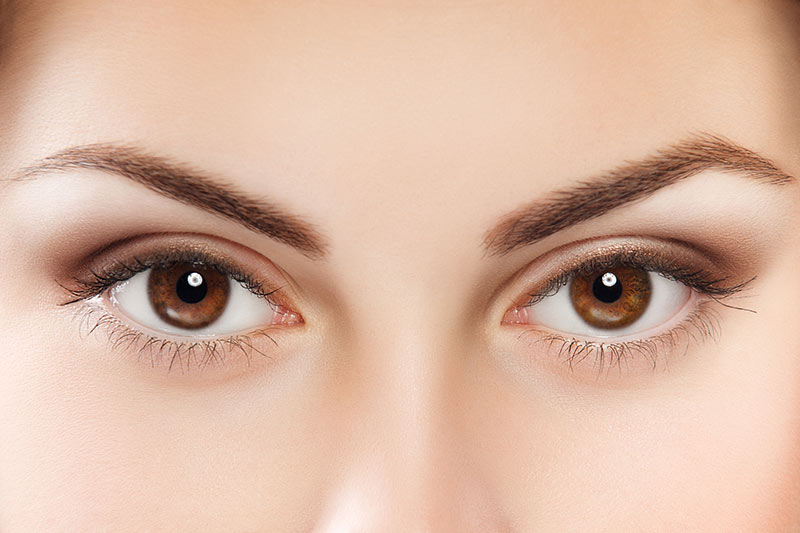



Various factors can lead to eyebrow baldness or thinning. In most cases, these situations will arise either due to plucking for aesthetic purposes, or accidents like chemical or physical trauma. Other main reasons include aging and hair shedding ailments.
Anyone suffering from thinned eyebrows is typically seen as an ideal candidate for the procedure. A surgeon may also consider the person's overall health condition in order to avoid bleeding or clotting issues.
An eyebrow transplant surgery is indeed a permanent solution for those suffering from eyebrow thinning. Just like normal hair, you will see growth, shedding, and regeneration in the future.
If thinning is on one brow only, donor hairs may be taken from the other eyebrow. For women, it can be obtained from behind the ears or the upper thigh region. Here the hair is thinner to create a more natural appearance. For men, donor hairs can be obtained from different areas of the skin depending on the thickness of one's original eyebrows.
In most cases, the entire process will require 50-100 hair grafts. However, more may be required based on the patient's condition and the surgeon's recommendations.
The duration of a procedure will largely depend on the surgeon's procedure agenda, but the standard time is typically 5-6 hours.
An eyebrow hair transplant procedure is not invasive, which means you can resume your regular activities within 48 hours. Just make sure you do not engage in any strenuous tasks or contact sports.
According to statistics, the risks that comes with the procedure are minimal. However, in the case of any undesirable results, there are usually simple remedies available.